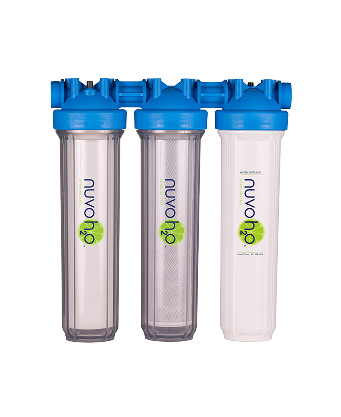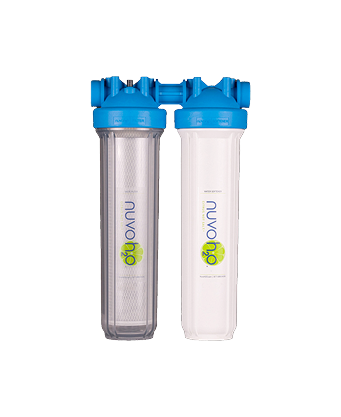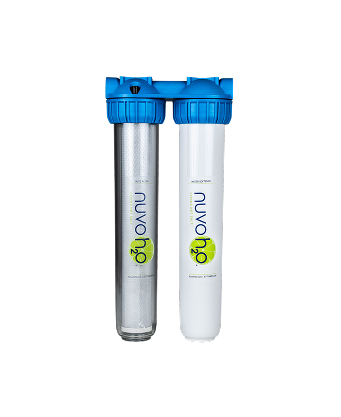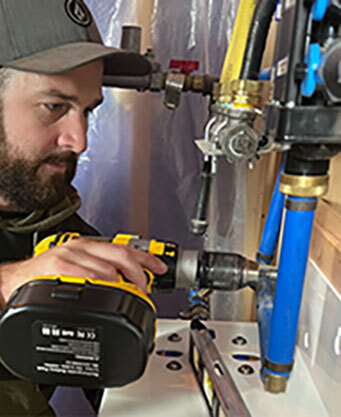
What’s in Your Tap Water? A Beginner’s Guide
7th Jun 2025
You turn on the faucet, fill up a glass, and take a sip. But have you ever stopped to wonder—what’s actually in your tap water?
Most of us take it for granted. It’s there when we need it, it looks clean, and it probably passed some kind of inspection, right? Still, you’ve likely asked yourself:
- “Why is it called tap water?”
- “What does tap water contain?”
- “Is there a difference between what’s safe and what’s ideal?”
Let’s break it all down in a way that makes sense—no chemistry degree required. This is your friendly intro to what’s in your water, what it could be doing to your home and health, and what you can do about it.
First Things First: What Is Tap Water?
Tap water is the water that comes out of, well… your tap. Simple enough. It usually comes from one of two sources: surface water (like rivers or lakes) or groundwater (aquifers deep below the surface). From there, it gets treated by your local municipality or, if you’re on a private well, possibly by a system in your own home.
So, why is it called tap water? Because it flows through your home’s plumbing and out of your faucet or tap. That’s really it.
What Does Tap Water Have in It?
Even though tap water is treated and tested, that doesn’t mean it’s totally free of contaminants. In fact, most water—even “clean” water—still has stuff in it. The big question is: what elements are in tap water, and are they safe?
Let’s take a look at some of the most common ingredients in tap water (some good, some not-so-good):
1. Chlorine
Municipal water systems use chlorine to disinfect and kill bacteria. It’s effective, but too much chlorine can leave your water smelling like a swimming pool and dry out your skin and hair.
2. Calcium & Magnesium (aka Hard Water Minerals)
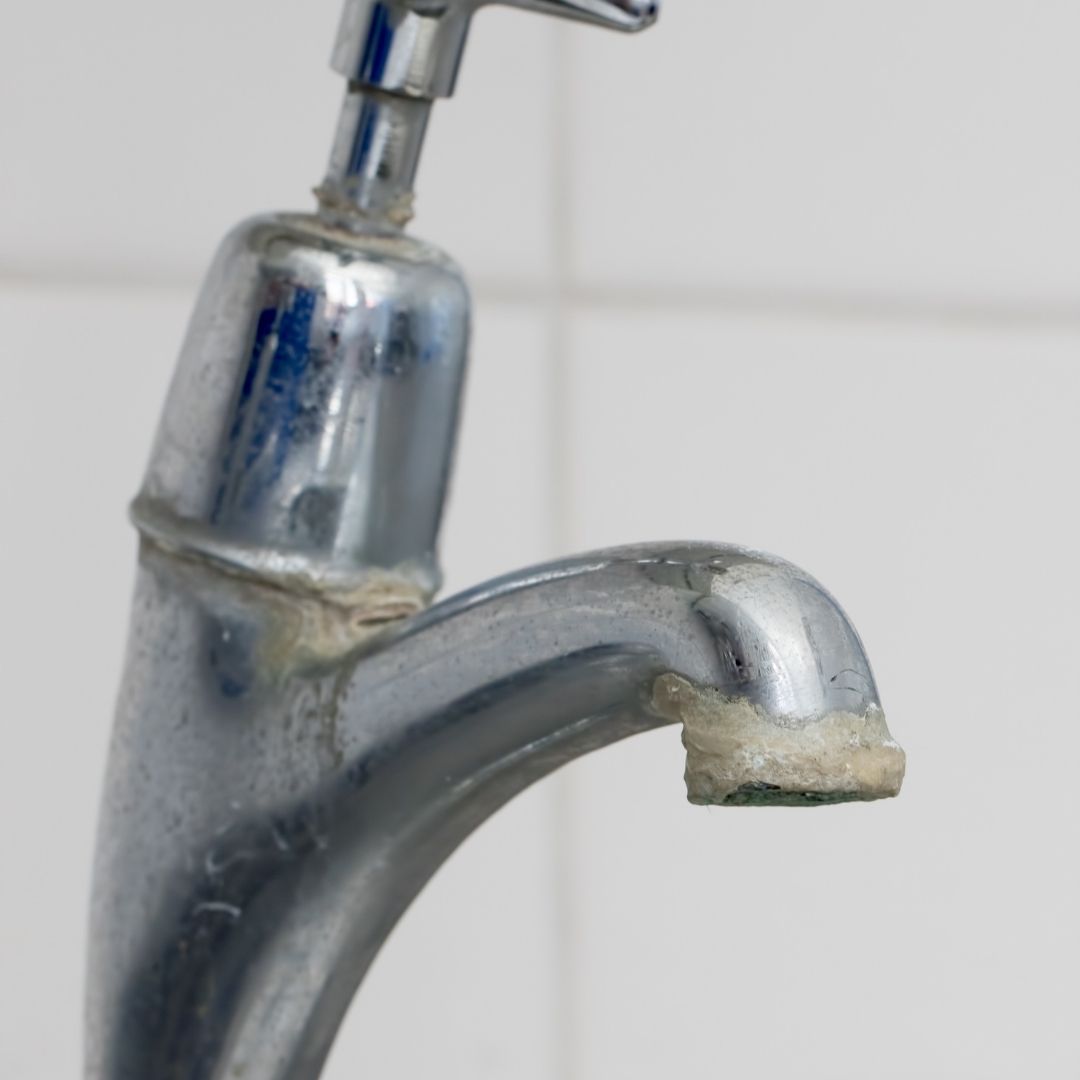
These are naturally occurring and not dangerous to drink, but when there’s too much, you get hard water. You’ll know it by the crusty buildup on faucets, dry skin after showers, and cloudy dishes.
3. Lead
This is a big one. Lead can enter your water through old plumbing or pipes. You can’t see, smell, or taste it, but it’s a serious health concern—especially for children.
4. Iron & Copper
Your body actually needs small amounts of these metals. But if they show up in your tap in higher amounts, they can stain your sinks and toilets, make water taste metallic, and even lead to health problems with long-term exposure.
5. PFAS (“Forever Chemicals”)
These are man-made substances used in non-stick cookware, firefighting foam, and more. They don’t break down easily—either in the environment or your body. Even tiny amounts may impact your health, and they’re showing up in tap water more often than anyone’s comfortable with.
6. Hydrogen Sulfide
This one’s easy to detect—it smells like rotten eggs. Often found in well water, hydrogen sulfide can give your water a bad taste and even stain your plumbing.
7. Microorganisms
While public water systems are treated to eliminate most bacteria and viruses, private wells may be more vulnerable. If your water ever gives you an upset stomach, a microscopic invader could be to blame.
So, What’s in Your Water?
That’s the million-dollar question—and it varies from home to home. Even neighbors on the same block can have different water quality based on:
- The age and material of your pipes
- Your location (city vs. rural)
- Whether you’re on a private well or city water
Some things—like chlorine or iron—are easy to notice. Others, like lead or PFAS, aren’t. If you’re wondering “what’s in my tap water?”, a home water test is the best place to start.
Why Should You Care?

You don’t have to be a water expert to know that what flows from your tap touches nearly every part of your life—from your morning coffee to your skin, laundry, dishes, and appliances. So, even if your water is technically “safe,” it might not be doing you any favors.
Here’s what unfiltered tap water could be doing in the background:
- Drying out your skin and hair
- Leaving stains or spots on clothes and dishes
- Shortening the lifespan of your water heater, dishwasher, and other appliances
- Giving off weird smells or aftertastes that make you drink less water
You deserve better than that.
How to Take Control of Your Water
The good news? You don’t have to just accept whatever’s coming out of your tap.
Here are three simple ways to improve your water quality:
1. Test Your Water
Especially if you’re on well water or live in an older home, a test can reveal what’s lurking in your pipes—things you can’t taste or smell. It’s the first step in figuring out what kind of filtration you actually need.
2. Use a Water Filtration System
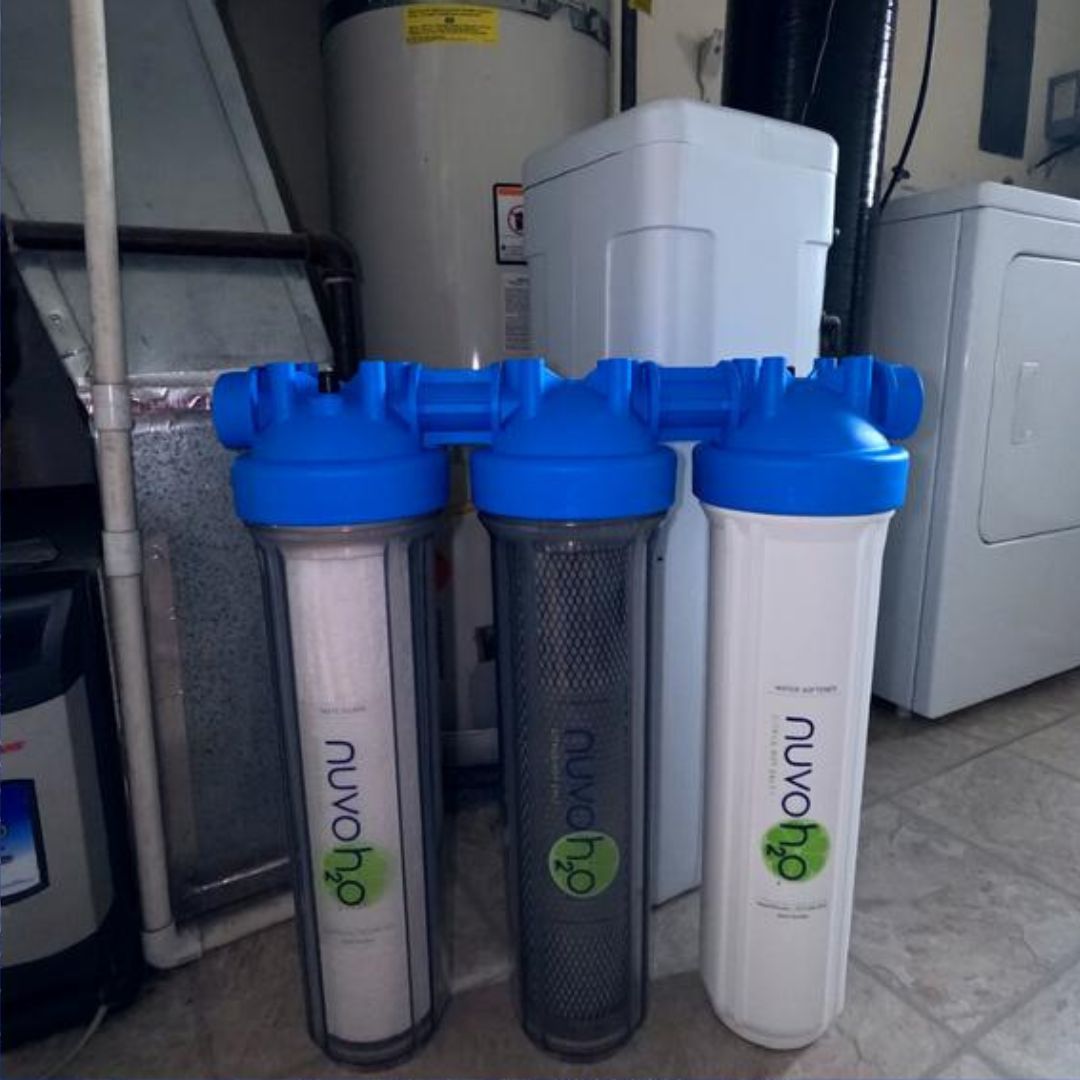
From fridge filters and under-sink systems to whole-home filtration, there’s an option for every budget and setup. You can start small or go big with a solution like the NuvoH2O Manor Trio System for full-house protection from chlorine, sediment, and scale.
3. Skip the Bottled Water
Not only is it expensive and wasteful, it doesn’t solve the bigger issue. Tap water can be just as clean—if not cleaner—when properly filtered.
What’s in Your Water Matters
We don’t mean to scare you, but we do want to empower you. Knowing what’s in your tap water can help you make smarter choices for your home, your family, and your health.
Whether you're wondering what’s in our water or just trying to figure out if that chlorine smell is normal, you’re not alone. Millions of people are asking the same questions, and we’re dedicated to being the answer to those concerns.
Learn more about Why You Need Water Filtration for Clean Drinking Water.

